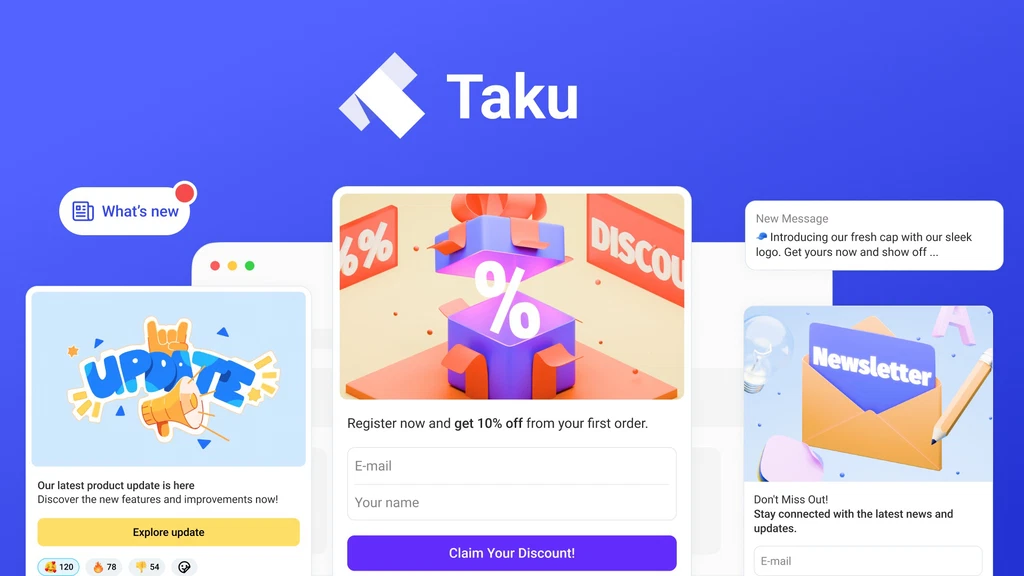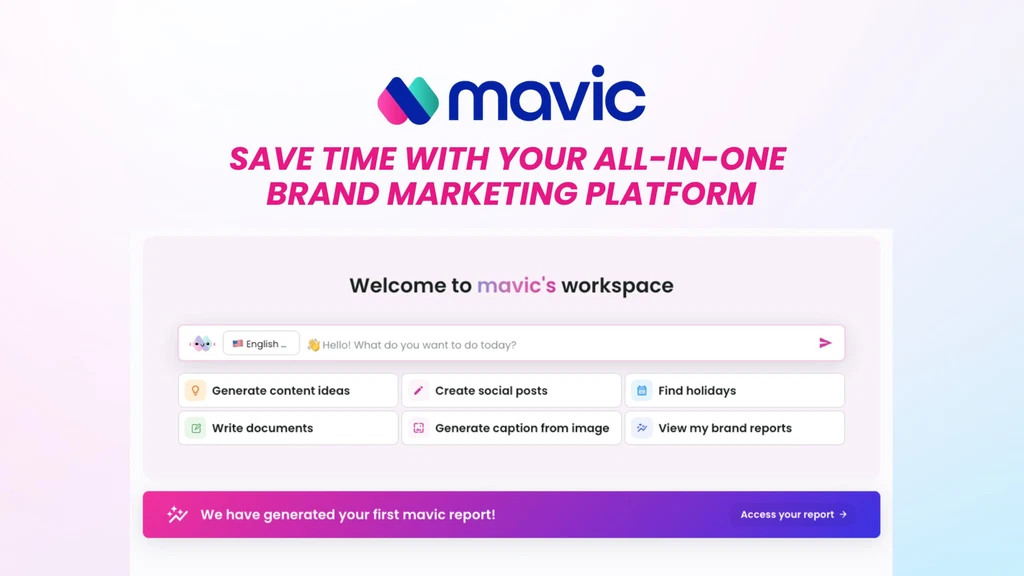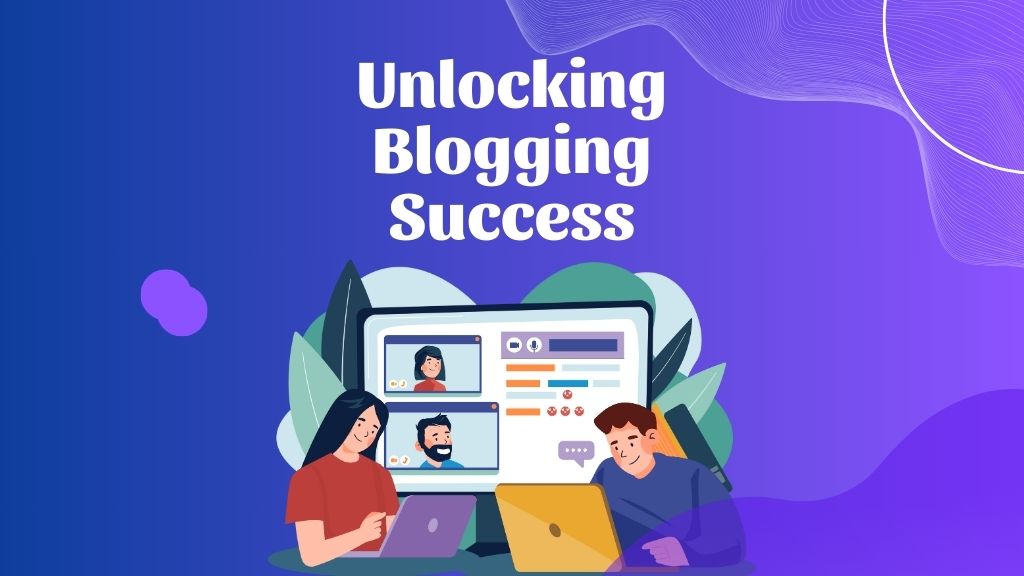Unlocking the Secrets of Spontaneous Communication
Have you ever found yourself fumbling for words in a crucial moment? You’re not alone. Many people freeze up during spontaneous speaking situations, whether it’s in an important meeting or while chatting with a new acquaintance. After reading ‘Think Faster, Talk Smarter‘ by Matt Abrahams, I realized that mastering the art of spontaneous communication isn’t just about what you say, but how you think and prepare for those unexpected moments. In this blog post, we’ll delve into the fascinating insights and effective strategies Abrahams offers, transforming how you engage in conversations on the fly.
Understanding Spontaneous Communication
What is Spontaneous Communication?
Spontaneous communication refers to the ability to speak and engage with others without prior preparation. It’s the kind of communication that happens in real-time, often catching us off guard. Think of it as a dance. Sometimes, you lead, and sometimes, you follow. In life, you will find yourself in situations where you must respond quickly. This skill is crucial in both personal and professional settings.
Why is it Important? Spontaneous communication is vital because it fosters connection. It allows you to express your thoughts and ideas clearly, even when you haven’t had time to prepare. It’s not just about speaking; as Matt Abrahams puts it,
“Spontaneous communication is not just about speaking; it’s about connecting and engaging with others in real-time.”
When you can communicate spontaneously, you build trust and rapport with others.
Common Anxiety Triggers in Communication
Many people experience anxiety when it comes to spontaneous communication. Here are some common triggers:
- Fear of Judgment: You worry about what others might think of your words.
- Pressure to Perform: Situations like public speaking or answering questions can feel daunting.
- Uncertainty: Not knowing what to say can lead to panic.
These feelings are normal. You’re not alone in feeling this way. The key is to recognize these triggers and find ways to manage them. For instance, practice can help reduce anxiety. The more you engage in spontaneous communication, the more comfortable you become.
High-Stakes Scenarios Where Spontaneous Communication is Crucial
There are moments in life when spontaneous communication becomes essential. Here are a few high-stakes scenarios:
- Job Interviews: You may be asked unexpected questions that require quick thinking.
- Networking Events: Making small talk with strangers can lead to valuable connections.
- Presentations: You might need to respond to audience questions on the spot.
- Social Gatherings: Engaging in conversations with friends or new acquaintances can lead to deeper relationships.
In these situations, your ability to communicate spontaneously can make a significant difference. It can be the difference between a successful interaction and a missed opportunity.
Building Confidence in Spontaneous Communication
Confidence plays a crucial role in effective spontaneous communication. When you believe in yourself, you are more likely to express your thoughts clearly. Here are some tips to build that confidence:
- Practice Active Listening: Focus on what others are saying. This helps you respond more naturally.
- Stay Calm: Take a deep breath before speaking. It can help clear your mind.
- Embrace Imperfection: It’s okay to make mistakes. Everyone does!
Remember, the goal is to connect with others. If you stumble over your words, laugh it off. People appreciate authenticity.
Conclusion
Spontaneous communication is a skill that many find challenging. Yet, it’s essential in our daily lives. Whether you’re in a meeting, at a party, or facing unexpected questions, the ability to communicate effectively can lead to meaningful connections. So, embrace the spontaneity! You never know what opportunities might arise.
Key Techniques from ‘Think Faster, Talk Smarter’
Are you often caught off guard during conversations? Do you find yourself struggling to articulate your thoughts under pressure? If so, you’re not alone. Many people face this challenge. Fortunately, Matt Abrahams, in his book Think Faster, Talk Smarter, provides a roadmap to navigate these tricky situations. His six-point methodology is designed to help you communicate effectively, even when the pressure is on.
1. Abrahams’ Six-Point Methodology
Abrahams outlines a clear, structured approach to spontaneous speaking. Here’s a quick overview of his six points:
- Preparation: Anticipate potential questions or topics.
- Pause: Take a moment to gather your thoughts before responding.
- Structure: Organize your response using a simple framework.
- Engage: Connect with your audience through eye contact and body language.
- Clarify: Ensure your message is clear and concise.
- Practice: Regularly rehearse your speaking skills.
Each of these points serves a purpose. They help you craft an effective message under pressure. Think of it like preparing for a race. You wouldn’t just show up without training, right? You need a plan.
2. Real-Life Examples
Abrahams doesn’t just present theory; he backs it up with real-life examples. For instance, imagine you’re in a meeting. Suddenly, your boss asks for your opinion on a project. Instead of panicking, you pause. You take a breath and think about the key points you want to share. This pause gives you the time to formulate a coherent response.
Another example could be during a social gathering. You might be asked to give a toast. Instead of fumbling through your words, you can use Abrahams’ techniques to structure your thoughts. Start with a personal story, add a meaningful message, and conclude with a heartfelt wish. This structure not only makes your toast memorable but also eases your anxiety.
3. Adapting Strategies to Different Contexts
One of the best aspects of Abrahams’ methodology is its versatility. You can adapt these strategies to various contexts. Whether you’re in a professional setting, like a job interview, or a casual environment, such as a dinner party, these techniques can be applied. Here’s how:
- Professional Context: Use the pause to collect your thoughts before answering tough questions.
- Social Context: Engage with your audience by making eye contact and using relatable anecdotes.
- Public Speaking: Structure your speech with a clear introduction, body, and conclusion.
By adapting these strategies, you can enhance your communication skills in any situation. It’s like having a toolbox. You can pick the right tool for the job.
4. The Importance of Clarity, Brevity, and Confidence
Abrahams emphasizes three key elements: clarity, brevity, and confidence. These are essential for effective communication. Clarity ensures your audience understands your message. Brevity keeps your message concise and to the point. Confidence helps you deliver your message with authority.
Think about it: when you speak clearly and confidently, people are more likely to listen. They’re more likely to remember what you said. This is crucial in both personal and professional interactions.
5. Takeaways from the Book
In summary, Think Faster, Talk Smarter is filled with practical, tactical advice. As Kim Scott puts it, this book is “indispensable.” The actionable strategies outlined can be implemented immediately. They enhance your communication effectiveness in various scenarios.
So, the next time you find yourself in a high-pressure situation, remember Abrahams’ six-point methodology. Prepare, pause, structure, engage, clarify, and practice. With these tools, you’ll be ready to tackle any conversation that comes your way.
Real-World Applications of the Strategies
When it comes to communication, the ability to think on your feet is invaluable. You might wonder, how can these techniques actually apply in real life? Whether you’re in a business meeting, at a social gathering, or even at a casual event, these strategies can help you navigate spontaneous speaking moments with ease.
1. Business Environments
In the fast-paced world of business, you often find yourself in situations that require quick thinking and clear communication. Imagine you’re in a job interview. The interviewer throws a curveball question your way. What do you do? You could freeze up or, better yet, use the techniques you’ve learned.
- Job Interviews: These strategies can help you articulate your thoughts clearly, even under pressure. You can frame your responses to highlight your strengths and experiences effectively.
- Sales Pitches: When presenting to potential clients, unexpected questions can arise. Instead of panicking, you can use these techniques to respond confidently and persuasively.
- First Impressions: Making a strong first impression is crucial. Whether you’re meeting a new colleague or networking at an event, these strategies can help you communicate your ideas succinctly.
According to recent data, 79% of readers found these techniques effective in real-life situations. This shows that many people have successfully implemented these strategies in their professional lives.
2. Casual and Social Situations
Not all communication happens in a formal setting. Casual and social situations can be just as challenging. You might find yourself at a party, and someone asks you to share a fun story. How do you respond? You can use the same techniques to engage and connect with others.
- Small Talk: Mastering the art of small talk can lead to deeper conversations. Use open-ended questions to keep the dialogue flowing.
- Networking Events: These gatherings can be intimidating. However, with the right strategies, you can approach new people with confidence and ease.
- Spontaneous Toasts: Imagine being asked to give a toast at a wedding. Instead of feeling anxious, you can draw on your skills to deliver a heartfelt message.
In these scenarios, the goal is to connect with others. You can share personal anecdotes or ask questions that invite others to share their stories. This not only makes the conversation more engaging but also helps you build rapport.
3. A Personal Anecdote
Let me share a personal experience. A few months ago, I was at work when my manager asked me to present a project update on the spot. My heart raced. I hadn’t prepared anything. But I remembered the techniques I had learned. I took a deep breath, organized my thoughts quickly, and started speaking.
To my surprise, I delivered a clear and concise update. My colleagues engaged with questions, and I felt a rush of confidence. It was a high-pressure moment, but as Matt Abrahams says,
“High-pressure moments are opportunities to shine, not to stumble.”
This experience reinforced the importance of being prepared for the unexpected.
Conclusion
In conclusion, the strategies for spontaneous speaking are not just theoretical; they have real-world applications that can enhance your communication skills in various settings. Whether you’re in a business environment, at a casual gathering, or facing a spontaneous speaking moment, these techniques can empower you to express yourself clearly and confidently. Remember, many readers have reported increased confidence and clarity when using these strategies. So, the next time you find yourself in a high-pressure situation, embrace it as an opportunity to shine. With practice, you can master the art of spontaneous communication and make a lasting impression.
TL;DR: Matt Abrahams’ ‘Think Faster, Talk Smarter‘ teaches practical techniques for effective spontaneous communication, helping you rise to any conversational challenge with confidence.






